Jerry Zeniuk / Paintings 1976 - 2011
Jerry Zeniuk, American painter, born in 1945 in Bradowick near Lüneburg, Germany.
In 1950, his family relocated to the United States and, following university studies in Boulder, Zeniuk moved to New York in 1969 to live and paint in the metropolis of art. His appointment as a professor of painting at the Academy of Fine Arts in Munich ushered in another momentous shift, requiring him to take up residence in Germany starting in 1992. Yet there are a number of good reasons that would justify such a step. The ability to share insights, knowledge and experience with younger artists has proven itself as an enduring motivation for the painter.
In 2011, after retiring from his teaching position, the artist moved into a spacious new studio, still in Munich, the city that can only conditionally be described as his adopted hometown. In any case, the site of work – light and space – has always been the place for the painter where such questions are made irrelevant.
The year 1977 marked the beginning of the partnership with the Annemarie Verna Galerie. An exhibition of virtually monochrome paintings, brown, beige, presented color as a veiled potentiality. The same year, the artist’s paintings were included at Documenta 6 in Kassel. Since the early 1970s, painting that shows the process and conditions of its formation and which establishes color and the image support as the reason for the work and its justification has served as a way for the medium to re-enter the artistic discourse.
Jerry Zeniuk wants more, he wants to paint paintings that do not merely portray a self-referential, theoretically based circular argument. Of course, the actions of the painter and the reflection of his dialog with the material are what allow the painting to come into its own. Yet for Jerry Zeniuk, this should not lead to reduction and programmatic schemes, to all but predetermined results. For him, color is a leitmotif and stimulating source of energy. Since 1980, his paintings have increasingly opened up to color and chromaticity. During a certain period of years, he produced paintings exhibiting a finely woven pictorial structure. A light/dark theme subsequently brought about changes, at first subtle and later dramatic, in the previous, quasi tone-on-tone shadings. The application of paint becomes more intense, as the components of form occupying the canvas take on a fragmented character and the palette knife typically lends an active presence to the color matter. Compositional elements, hardly calculated, more the spontaneous result of the visual tumult, characterize the findings in a striking manner.
For a number of years now, his works have been dominated by a loose, spacious pictorial order, allowing an interaction of mostly round cells. This is the productive prerequisite for laying out the pictorial field according to the interplay of formulations. Viewers must engage with the things that happen in these works and the places where the extraordinary transpires by visually entering the work with which they find themselves confronted. In no way can the painting be taken in as a whole at a single glance. It is only through the process of seeing, in effect palpating the pictorial content over an extended period of time, that the viewer gains access to the diversity of the color moments and the vibration of intermediary spaces.
Our retrospective includes works from 1977 to 2011. It documents the richness and vitality of this painting that seeks to satisfy only itself.
On Sunday, October 30, 2011 at 2:30pm, Jerry Zeniuk will be present at the gallery to participate in a discussion about painting.
Installation views
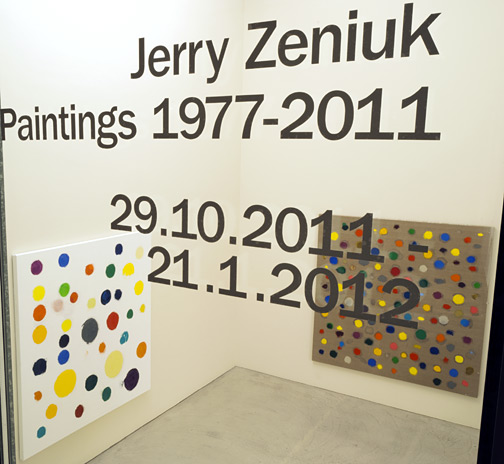
Installation view room 4
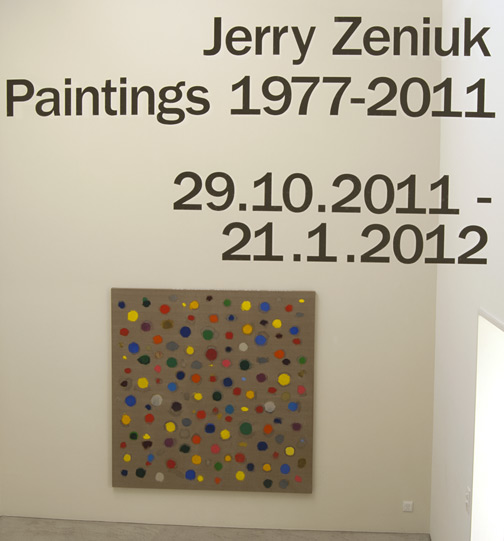
Installation view room 4

Installation view room 1

Installation view room 2
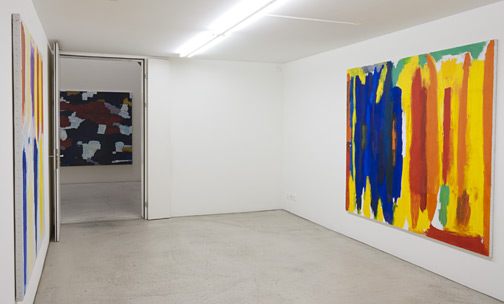
Installation view room 2
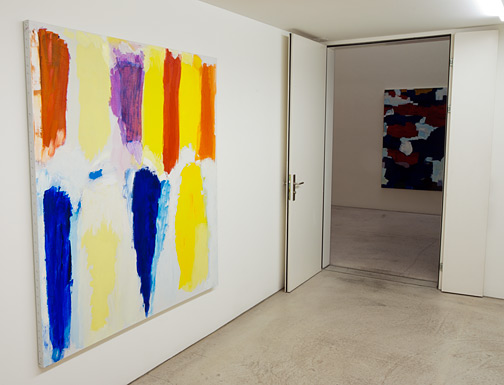
Installation view room 2

Installation view room 2
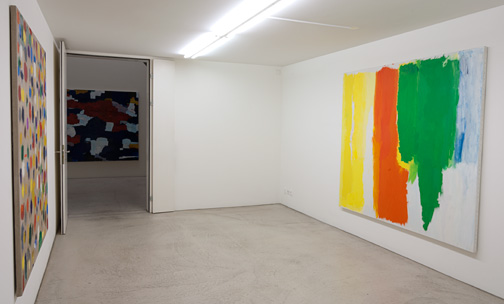
Installation view room 2

Installation view room 2

Installation view room 3

Installation view room 3
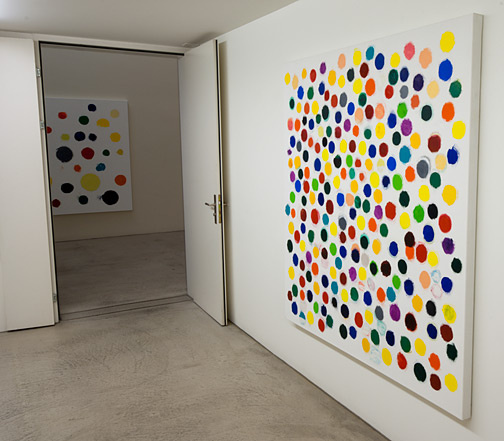
Installation view room 3
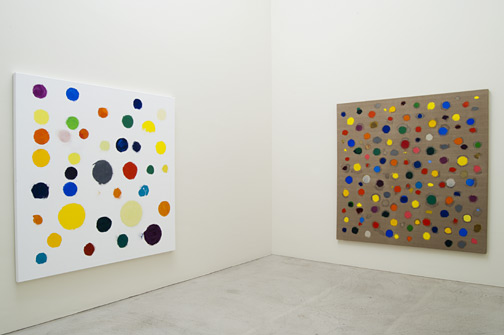
Installation view room 4
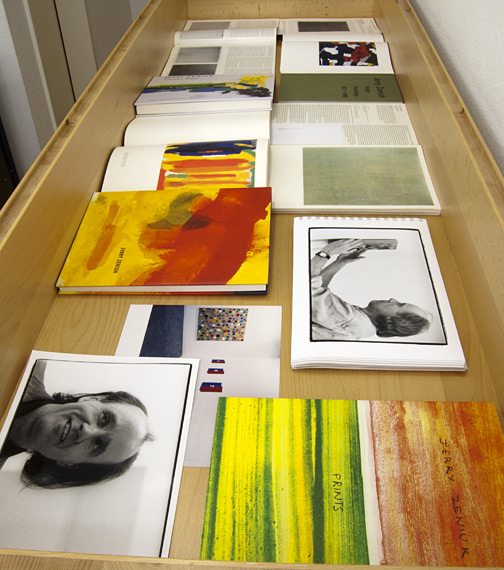
Installation view office room
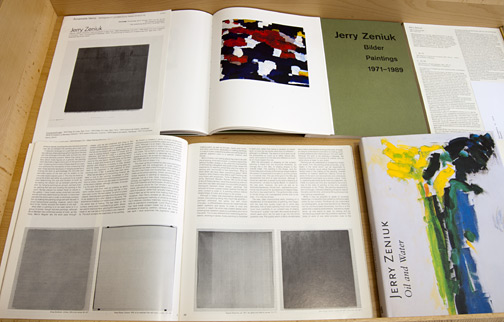
Installation view office room
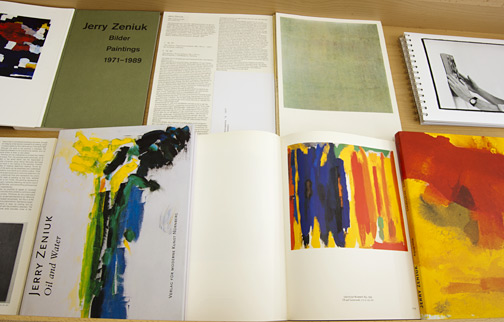
Installation view office room
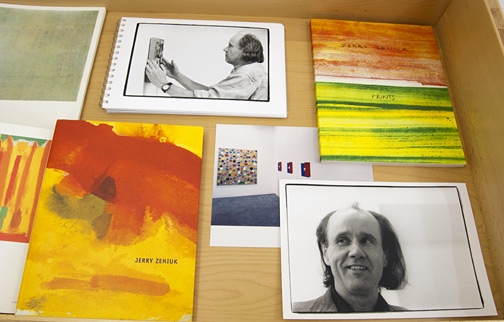
Installation view office room
Works
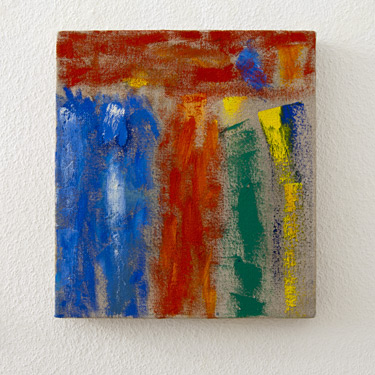
Untitled
1999
31 x 28 cm
Oil on canvas

Untitled
2006
40 x 40 cm
Oil on canvas

Untitled (for Nr. 61)
1976
81 x 76 cm
Oil and wax on canvas

Untitled
2011
60 x 60 cm
Oil on canvas
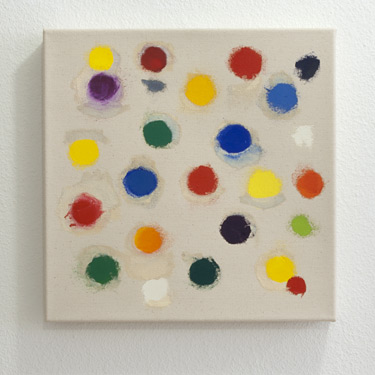
Untitled
2009
40 x 40 cm
Oil on canvas

Untitled (Nr. 115) NYC
1987/88
170 x 193 cm
Oil on canvas
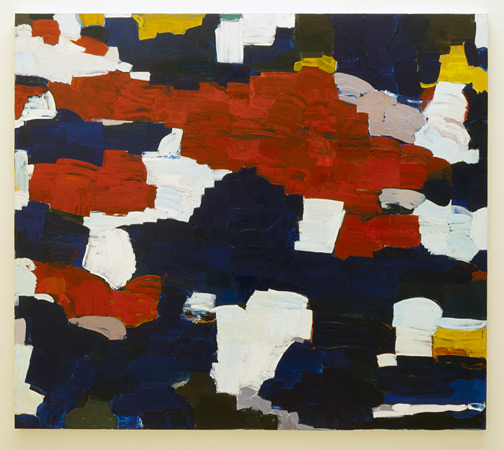
Untitled (Nr. 115) NYC
1987/88
170 x 193 cm
Oil on canvas
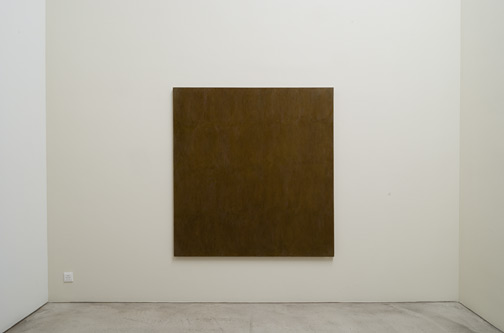
Untitled (Nr. 65) Berlin
1977
160 x 152 cm
Oil and wax on canvas
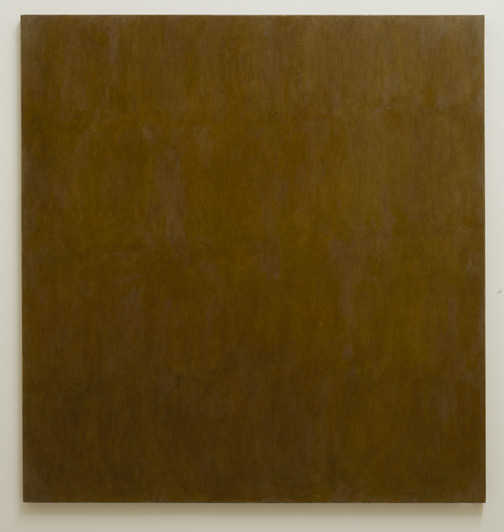
Untitled (Nr. 65) Berlin
1977
160 x 152 cm
Oil and wax on canvas

Untitled (Nr. 208) NYC
1998
160 x 152 cm
Oil on canvas

Untitled Nr. 247
2002
160 x 152 cm
oil on canvas

Untitled (Nr. 184)
1995
170 x 193 cm
Oil on canvas

Untitled Nr. 212
1998
170 x 193 cm
oil on canvas
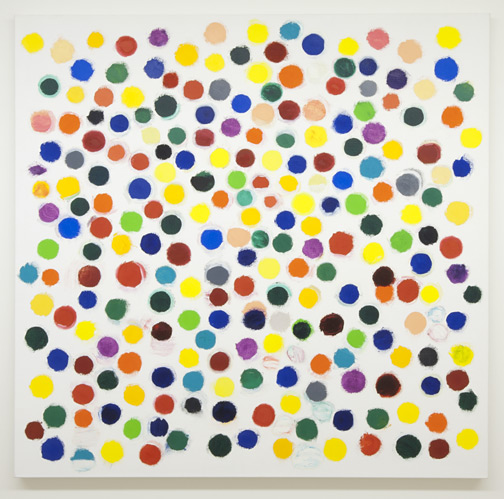
Untitled (Nr. 301)
2008
160 x 160 cm
Oil on canvas

Untitled (Nr. 259)
2003
170 x 193 cm
Oil on canvas
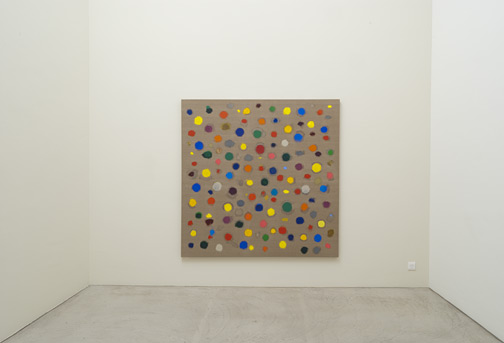
Untitled (Nr. 300)
2008
180 x 180 cm
Oil on canvas
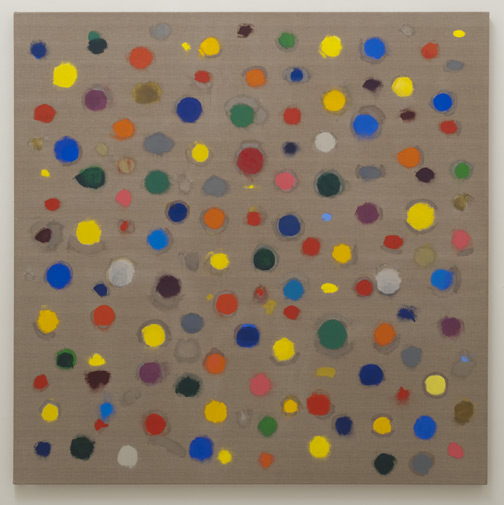
Untitled (Nr. 300)
2008
180 x 180 cm
Oil on canvas
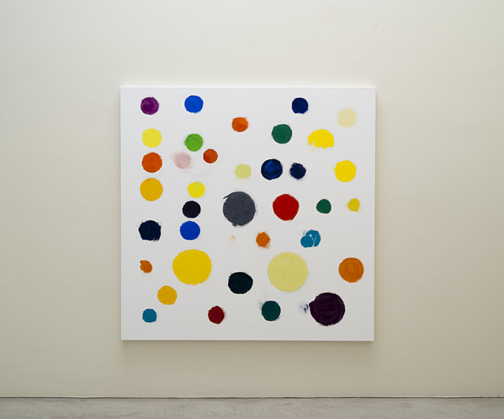
Untitled (Nr. 313)
2011
170 x 170 cm
Oil on canvas
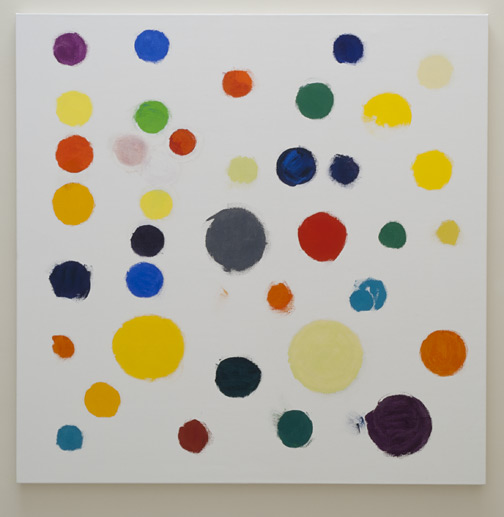
Untitled (Nr. 313)
2011
170 x 170 cm
Oil on canvas
New
Exhibition
Dan Flavin (1933–1996) and Will Insley (1929–2011)
March 6 to April 26, 2024
New publications
James Bishop
James Bishop
Publisher: ER Publishing, Edited by Molly Warnock
Joseph Egan
Joseph Egan and Anton Himstedt: Common Ground
Publisher: Josef Albers Museum Quadrat Bottrop, Ulrike Growe
Exhibitions / Insight
INSIGHT #3 spotlights the graphic work of Fred Sandback through three examples from 1974 and 1982.
Joseph Egan, Ptolemäus: Die Welt im Griff? Antike Kartographie und zeitgenössische Kunst, Kunsthaus Grenchen
3. März bis 26. Mai 2024
Dan Flavin, Widmungen aus Licht, Kunstmuseum Basel
2. März bis 18. August 2024
Rita McBride, Momentum,
Dia Beacon, Beacon, NY,
July 1, 2023 to January 2025
Fred Sandback, Kurt Büsser ermöglicht... Erich Buchholz und Fred Sandback, Museum Wiesbaden
19. Januar bis 14. April 2024
Sol LeWitt (1928–2007)
A Wall Drawing Retrospective
Yale University Art Gallery and Williams College Museum of Art
November 16, 2008 – 2033

